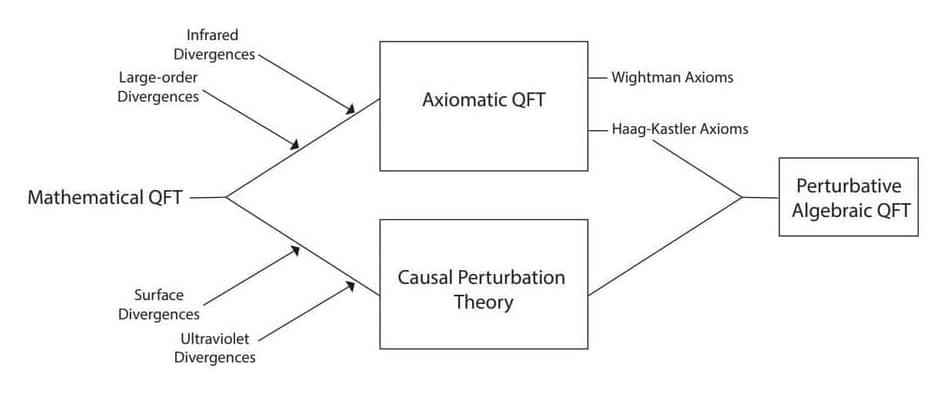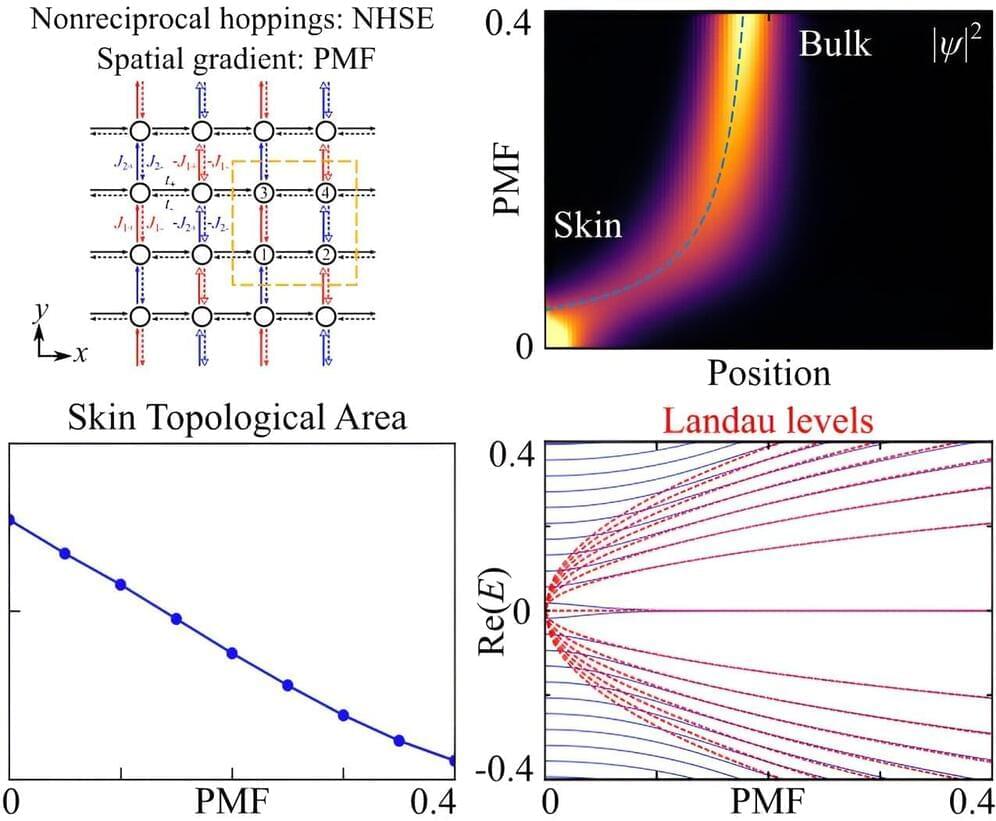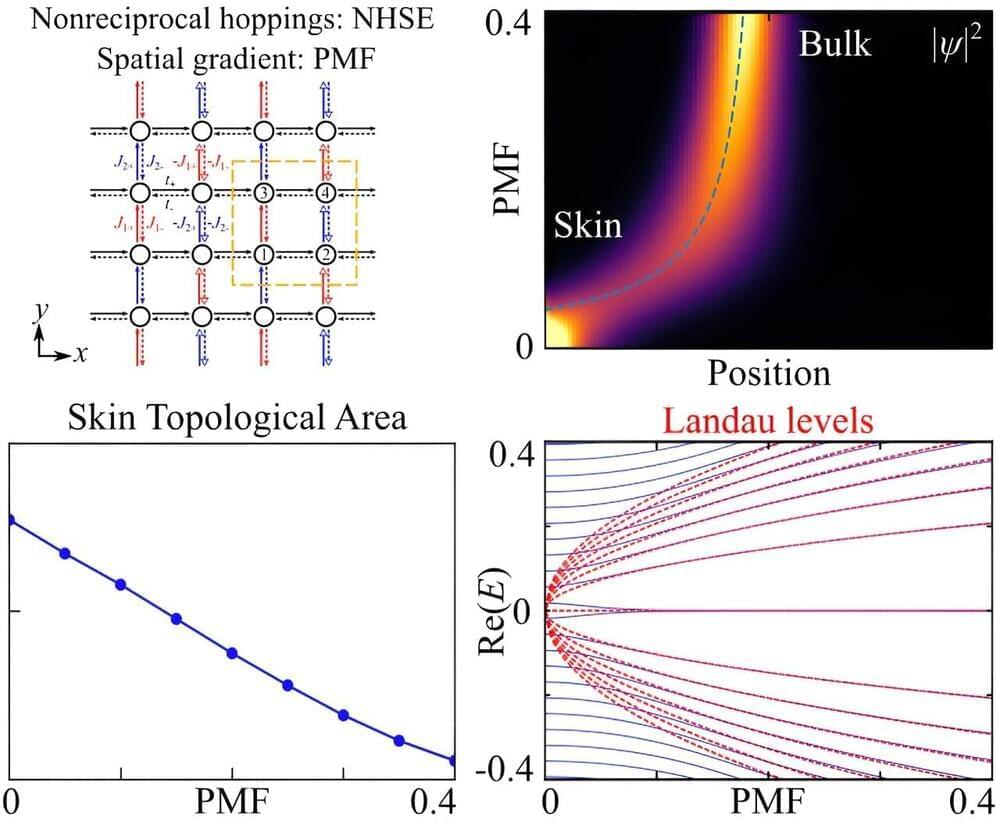Due to the presence of non-Hermitian components, wave intensities tend to localize at the system boundary, namely the non-Hermitian skin effect. The skin behavior is protected by topology, making it insensitive to minor changes. Nevertheless, it has recently been shown that the non-Hermitian skin effect can be suppressed by real magnetic fields.
Zhang, Xue, and Zhang’s graduate student Hau Tian Teo wondered, “Can a ‘fake’ magnetic field —pseudomagnetic field—also suppress the non-Hermitian skin effect?” The team then performed theoretical calculations on a two-dimensional lattice array to study the topology and movement of the skin behavior.
By switching on the pseudomagnetic field, the team discovered that the skin states can be pushed into the bulk. “This movement from skin to bulk can be precisely traced by a theoretically predicted trajectory,” Teo suggests. In addition to the movement, the suppression is reflected in the reduction of topological number.









